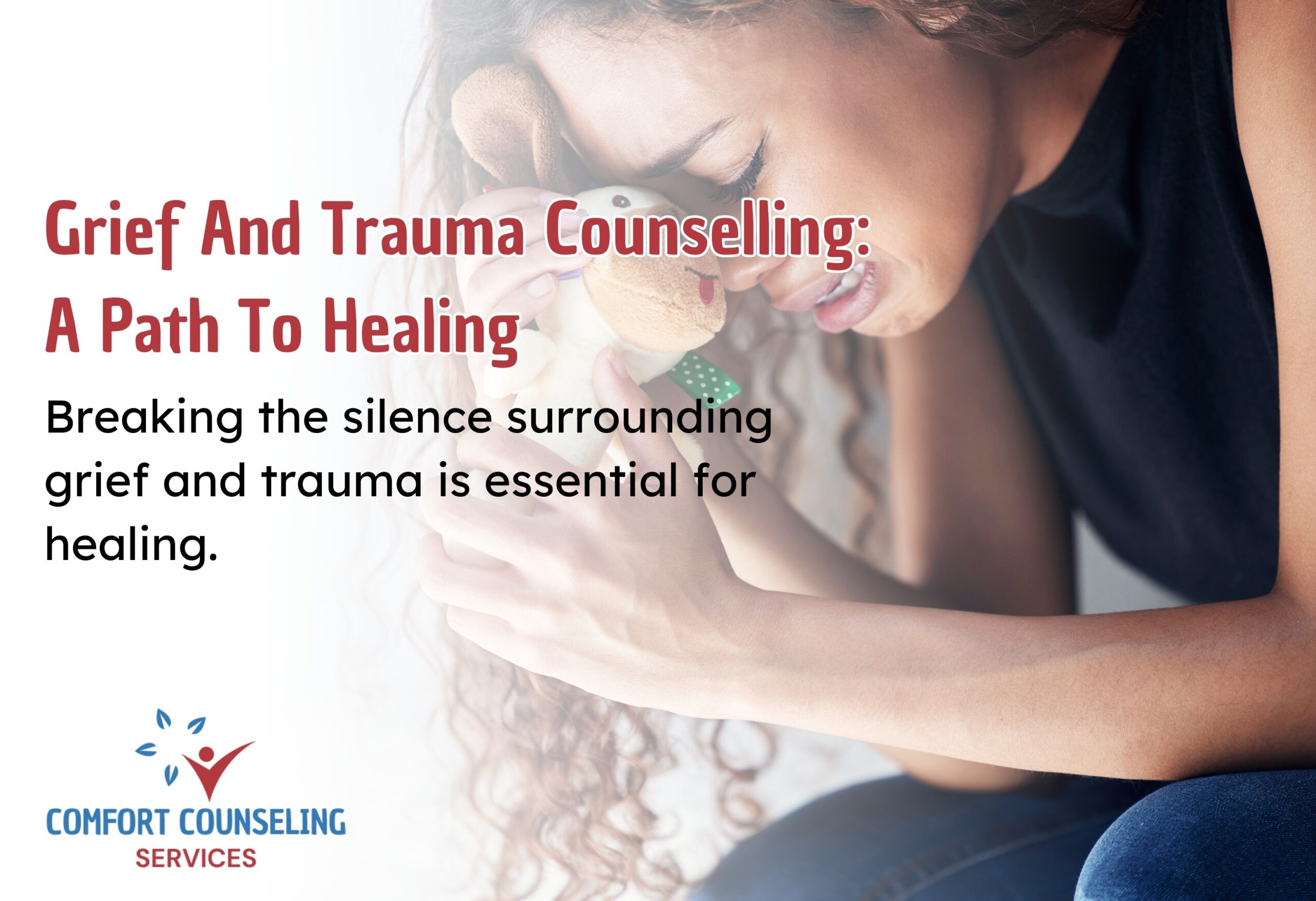Adolescence is a critical stage of development marked by rapid physical, emotional, and social changes. These changes, coupled with external pressures like academics, social media, and family dynamics, can significantly impact teenagers’ mental health. Despite the rising prevalence of mental health issues among teenagers, stigma and lack of awareness often prevent open discussions and access to support. This blog highlights the importance of addressing teenagers’ mental health, explores the challenges they face, and provides actionable solutions to foster well-being.
The mental health landscape for teenagers
The mental health challenges faced by teenagers are increasing at an alarming rate. The World Health Organization (WHO) estimates that one in seven adolescents aged 10–19 experiences a mental health disorder, accounting for 13% of the global burden of disease in this age group (WHO, 2021).
Key Statistics
- Depression is the fourth leading cause of illness among adolescents globally.
- Suicide is the third leading cause of death among teenagers aged 15–19 years (CDC, 2022).
- Anxiety disorders affect 25% of teenagers, often beginning during adolescence (Bitsko et al., 2022).
Challenges impacting teenagers’ mental health
- Academic pressure
The increasing emphasis on academic performance often leads to stress, burnout, and anxiety. Studies show that excessive academic pressure correlates with higher levels of depression and anxiety among teenagers (Luthar et al., 2020). - Social media influence
While social media can offer a sense of connection, it also exacerbates issues like cyberbullying, body image concerns, and unrealistic comparisons (Twenge & Campbell, 2018). - Family and peer relationships
Conflicts with parents, peer pressure, and the struggle for identity and independence can strain mental health. - Stigma around mental health
Fear of judgment or misunderstanding often prevents teenagers from speaking out or seeking help (Corrigan et al., 2014).
Signs of mental health struggles in teenagers
Identifying early signs of mental health issues is crucial for timely intervention.
- Behavioural changes: Withdrawal from friends, family, or activities.
- Emotional symptoms: Persistent sadness, irritability, or anger.
- Physical symptoms: Changes in eating or sleeping patterns, frequent headaches or stomach-aches.
- Academic decline: Difficulty concentrating or a sudden drop in performance.Breaking the silence: encouraging teenagers to speak out
- Foster open communication
- Create a safe, non-judgmental space for teenagers to express their thoughts and feelings.
- Actively listen without dismissing their concerns.
- Educate on mental health
- Include mental health education in school curricula to normalize discussions.
- Share resources like hotlines and counseling services.
- Promote peer support
- Peer support groups can provide teenagers with a sense of belonging and shared understanding.
- Leverage technology
- Mental health apps and online platforms can offer accessible resources for teenagers seeking help privately.
Infographic 1: Ways to encourage teens to speak out
| Action | Impact |
|---|---|
| Listening empathetically | Builds trust and reduces stigma. |
| Sharing experiences | Normalizes conversations about mental health. |
| Providing resources | Helps them access professional help. |
The role of parents, teachers, and society
Supporting teenagers’ mental health requires collective efforts from families, schools, and communities.
- Parents:
- Be emotionally available and observant of behavioural changes.
- Avoid minimizing their struggles with phrases like “It’s just a phase.”
- Teachers:
- Integrate mental health discussions into the classroom.
- Refer students to school counselors when needed.
- Communities:
- Organize awareness campaigns to reduce stigma.
- Provide affordable and accessible mental health services.
When to seek professional help
If a teenager exhibits persistent symptoms that interfere with daily life, it’s crucial to seek professional support.
- Therapy: Cognitive Behavioral Therapy (CBT) and family counseling are effective options.
- Medication: In severe cases, antidepressants or anti-anxiety medications may be prescribed under professional guidance.
- Emergency support: In cases of suicidal thoughts, contact emergency services or crisis hotlines immediately.
Empowering teenagers to take charge of their mental health
Encourage teenagers to practice self-care and seek healthy coping mechanisms:
- Journaling to process emotions.
- Physical activities like sports to reduce stress.
- Mindfulness practices, including meditation.
Infographic 2: Self-care tips for teenagers
- Maintain a consistent sleep schedule.
- Limit social media usage.
- Engage in creative hobbies or volunteer work.
A call to action: let’s normalize conversations
The stigma surrounding teenage mental health must end. By fostering open conversations, providing education, and ensuring accessible resources, we can empower teenagers to speak out and seek the support they need. Together, we can create a society where mental health is prioritized and stigma is replaced with understanding and compassion.
References
- Bitsko, R. H., et al. (2022). Mental health surveillance among children and adolescents. MMWR Surveillance Summaries, 71(2), 1–17.
- Corrigan, P. W., et al. (2014). Stigma and mental health: Theory to practice. World Psychiatry, 13(1), 16–23.
- Luthar, S. S., et al. (2020). Academic stress in adolescents: Implications for mental health. Psychology in the Schools, 57(6), 897–909.
- Twenge, J. M., & Campbell, W. K. (2018). Associations between screen time and lower psychological well-being among children and adolescents. Preventive Medicine Reports, 12, 271–283.
- World Health Organization (WHO). (2021). Adolescent mental health



